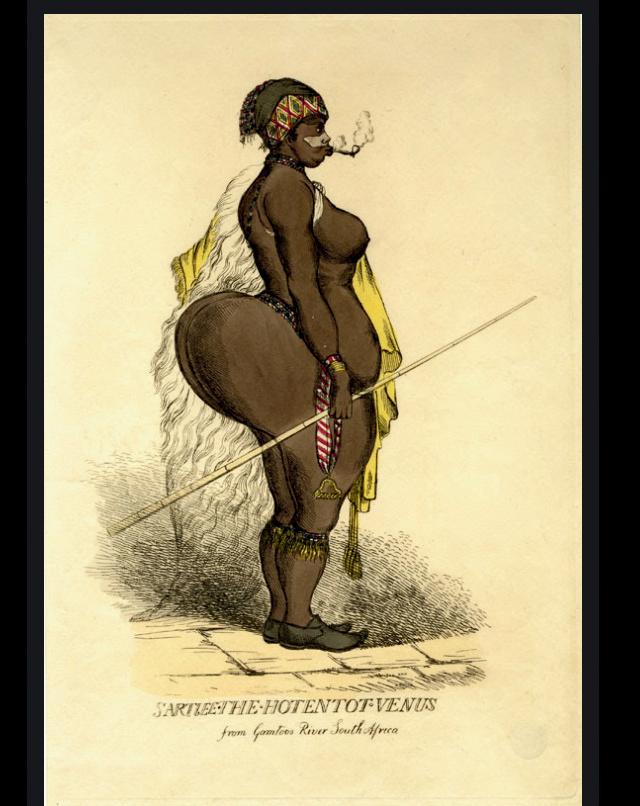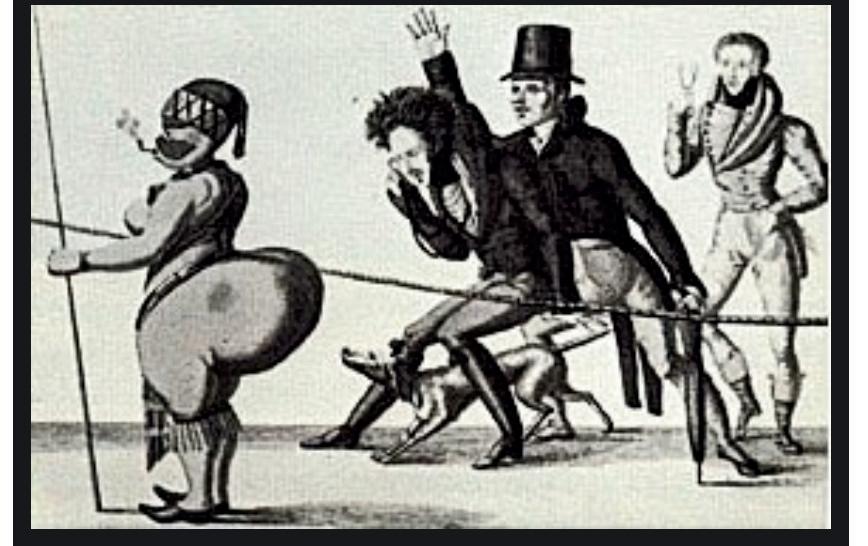
4 minute read
Reparations and Respect: Lessons from Sarah Baartman&’s Journey
When Africans talk about reparations, they are not only speaking of material compensation but of reclaiming dignity. It is about the art stolen, humanity abused, and the countless stories of beauty turned into targets. Sarah Baartman’s story epitomizes this struggle. Africans can forgive the past, but forgetting the depth of what has been taken is not as simple. So, when Africans demand reparations, it is essential to understand the profound “why” behind it. The tale of Sarah Baartman paints a vivid picture of why the West must listen and act. History teaches us if we are willing to learn. Let us travel back in time.
From the land that dazzles under golden sunlight, where the vast, open skies meet the rich, fertile earth of the Eastern Cape, there emerged a young woman whose beauty rivaled the splendor of the African dawn. Sarah Baartman, a radiant daughter of the Khoikhoi, carried the spirit of her ancestors in her every step. She was more than a muse; she was a queen in her own right, embodying the grace and strength of her people. Her story, however, would become both a tragedy and a testament to resilience.
In 1810, Sarah’s life took an unexpected turn. Lured by the promises of fortune and a new life. She seized from her homeland by white traders who saw in her not her humanity but an opportunity for exploitation. In Sarah Europe, where she became the centerpiece of degrading exhibitions. In London, and later Paris, she was displayed as the “Hottentot Venus,” a human spectacle for colonial audiences hungry for the exotic. Her figure, celebrated at home for its natural beauty, was distorted into a caricature by those who sought to profit from her presence.


But Sarah was more than the object of their gaze. Her body her curves and proportions sparked a fashion revolution in Europe. White women, inspired by her silhouette, adopted corsets that strained to imitate her natural shape. Even as they demeaned her, they coveted her essence, unknowingly acknowledging the power of African beauty. Sarah’s years in Europe were marked by profound loneliness and suffering. Stripped of her identity and surrounded by mockery, she lived and died far from the Eastern Cape that nurtured her spirit. In 1815, she passed away in Paris, her dreams extinguished but her legacy quietly smelled. Even in death, her dignity was denied. Her body became a curiosity for French scientists who dissected and displayed her remains, reducing her vibrant life to an artifact.


For nearly 200 years, Sarah’s remains languished in a museum, a haunting reminder of colonial cruelty. But her story did not end there. The people of South Africa, fueled by a fierce determination to honor her memory, fought for her return. In 2002, after years of activism and negotiation, Sarah Baartman came home. Her remains are laid to rest in the Eastern Cape, where the winds carry the whispers of her ancestors, and the land remembers her name.
Today, Sarah Baartman is more than a symbol of past injustices; she is a beacon of African pride and resilience. Her story is a call to reclaim the narratives of African women, to celebrate their beauty, strength, and contributions to the world. Beneath the endless skies of the Eastern Cape, her spirit rises anew, reminding us that even in the face of unimaginable suffering, dignity and legacy endure. When Africans demand reparations, Sarah’s journey underscores the necessity of listening. Reparations are not merely about restitution; they are about acknowledgment and respect. They are about dismantling the lingering structures of exploitation and building a future where stories like Sarah’s are not just remembered but revered. They are about ensuring that the beauty, resilience, and dignity of Africa are honored and never again subjected to erasure.











